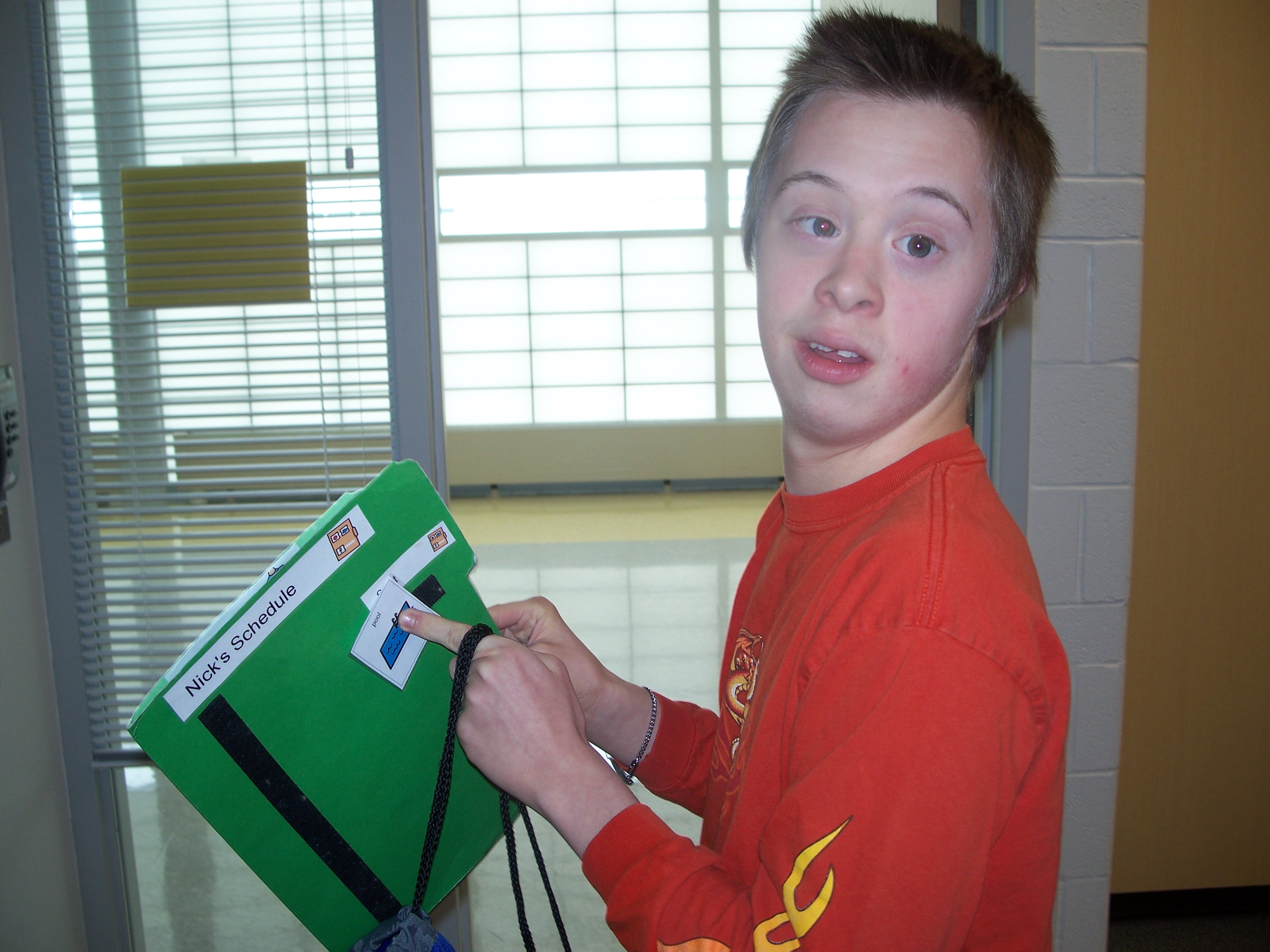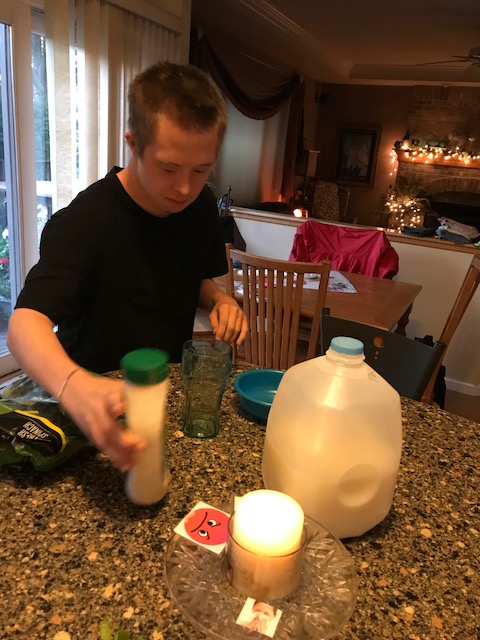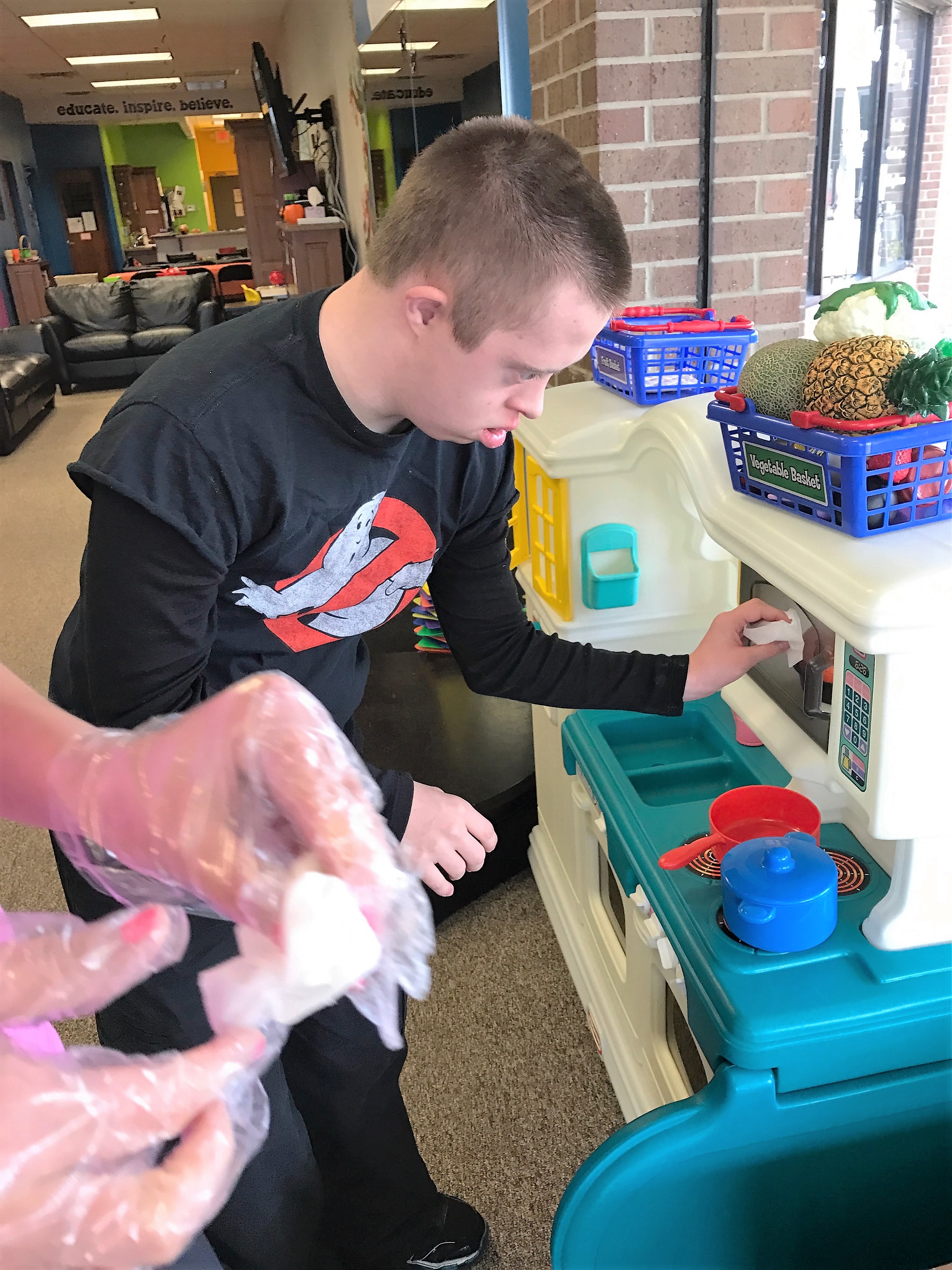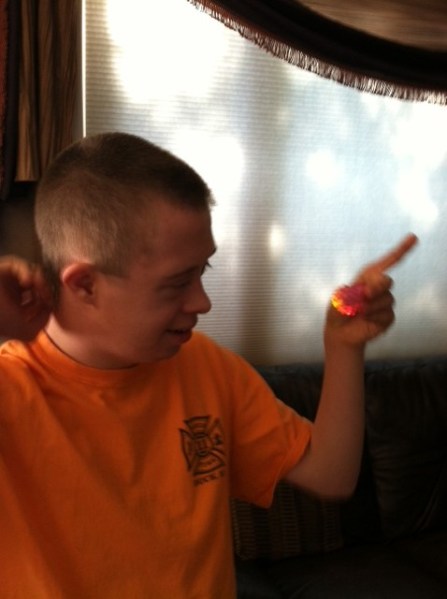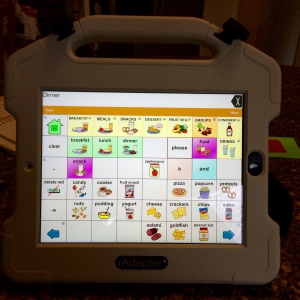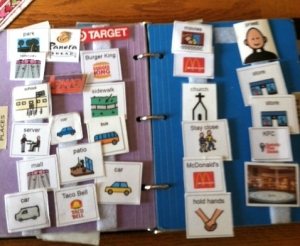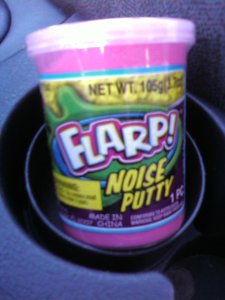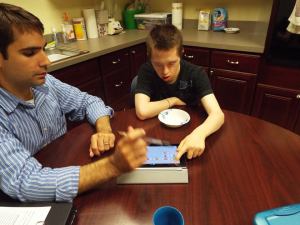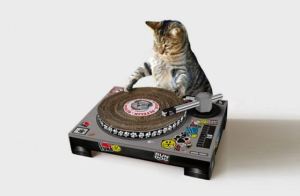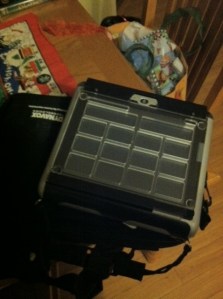Blog #247~DS-ASD Back to School Tips

This week I have 10 back to school tips and strategies specifically geared to individuals with a dual diagnosis of Down syndrome and autism (DS-ASD) and their families. My name is Teresa Unnerstall, I am a DS-ASD parent, consultant and author of A New Course: A Mother’s Journey Navigating Down Syndrome and Autism. My son Nick is 28 years old and my passion is to help families, educators, therapists, medical professionals and anyone interested in supporting individuals with co-occurring DS-ASD.

10 Back to School Tips for DS-ASD Families:
1. Prepare the student with a visual countdown calendar, and re-instate morning/evening routines.
2. Tour the school with your child. Then, create a social story or video social story of the school settings and staff that the student will be interacting with. Review this story regularly for the first few weeks of school.
3. At the tour, ask the teacher to show you the safety & hygiene precautions, accommodations and equipment that is listed in the IEP to make sure everything is in place.


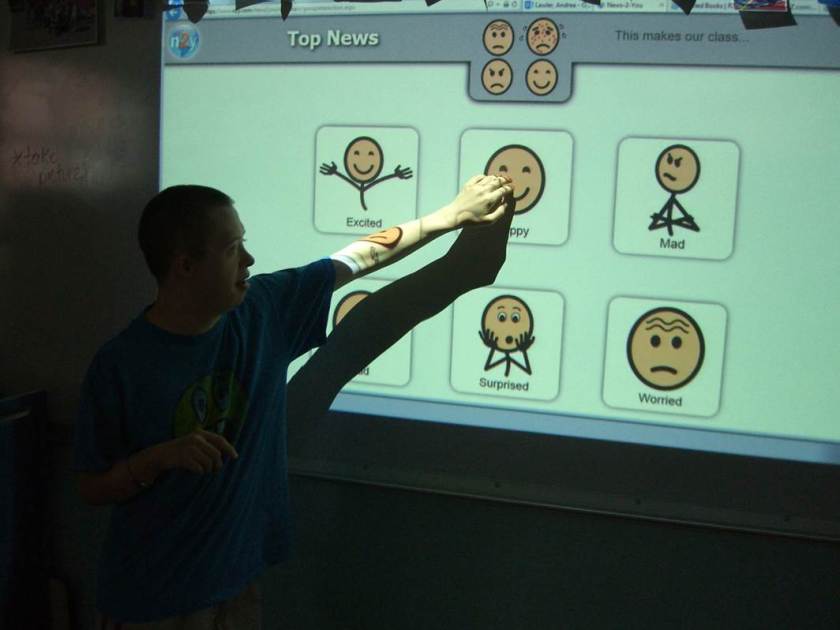
4. Prepare a student “About Me” profile sheet. There are many templates available online that you can Google or try Canva for free. You can include different sections such as, Things I love, My Strengths, What Works Best for Me, How to best support me, What I struggle with and Interests. Make several copies to share with the staff.

5. Determine the modes of communication back and forth with the teacher and school staff. Examples include texting, email, communication logs/notebooks and daily report sheets. This is very important as many students with DS-ASD who have language deficits or may be non-verbal and unable to share how their day went.
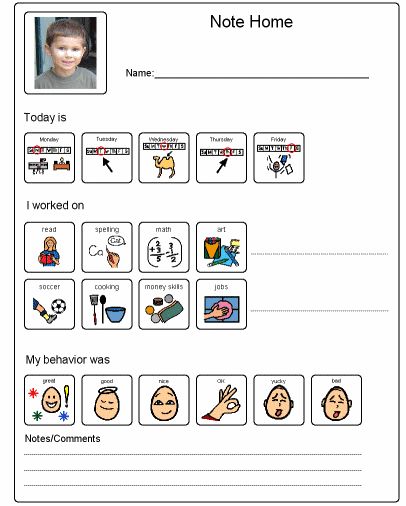
6. Review the child’s IEP to insure that all goals and accommodations are still relevant and meaningful. Note any additional needs or concerns you have coming off of the summer break and share these with the staff.
7. If the student has a behavior support plan (BSP), check to see if this has been shared with all staff and is ready to put in place on day one. Make a list of any new target behaviors that need to be addressed and added into the BSP.
8. If the student uses AAC (Augmentative and Alternative Communication) make sure the teacher and aides are familiar with how to use the program, whether it’s high tech or low tech like a picture exchange system (PECS). You can request a training for staff and parents on how to program devices, navigate tabs and get trained on how to utilize PECS with the school speech and language therapist or school district AAC specialists.

9. Students may have lost skills or experienced regression over the summer break. Evidenced-based practices help students regain lost skills and develop new ones. Some examples are using visuals, schedules, task strips, task analysis, first-then prompts, visual timers, choice boards and sensory breaks.




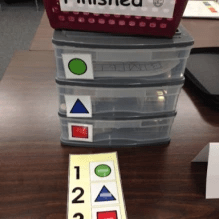
10. Show your commitment by staying on top of your child’s progress. Ask for data at each quarter. Data drives decision making for future conferences and IEP meetings. If possible, volunteer at school, (room parent, field trip chaperone, art awareness presenter, book fairs, picture day and assisting with making learning materials like laminating and making copies).
Being prepared and invested in your child’s needs will help them reach their full potential for the new school year. That’s what is in my noggin this week.
~Teresa
Follow us on Facebook and Instagram for more ideas and stories:





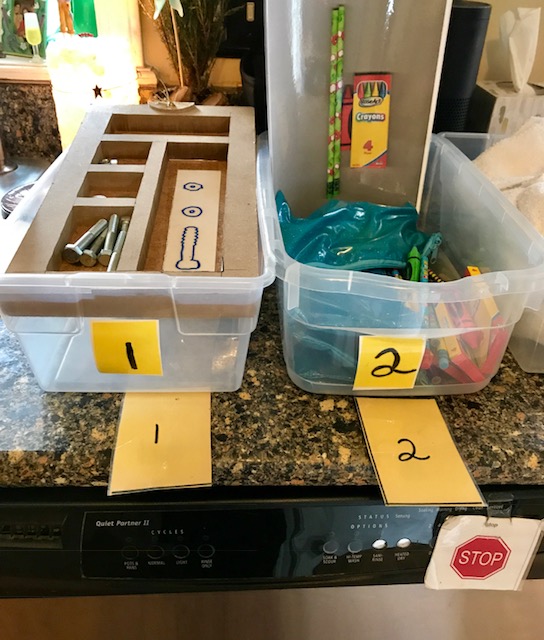



 The key lies in identifying your child’s strengths, and working to build upon them. First of all, just because my son’s speech is limited doesn’t mean he can’t communicate. One of Nick’s assets is his receptive language, which is the ability to understand information. Many of his goals in his IEP (Individualized Education Plan), were planned around using this strength when he was in school. Nick was able to develop skills to become more independent in self-help, and other jobs both at home and school. These skills were enhanced by using educational materials and supports that were written into his IEP. Such materials included a PECS book (Picture Exchange Communication System) with training for staff, parents and child, Augmentative Alternative Communication (AAC) devices, task strips, social stories, a picture schedule, video modeling, and a reward system. All of these supports helped Nick to navigate his routine and built upon his functional and independent livings skills.
The key lies in identifying your child’s strengths, and working to build upon them. First of all, just because my son’s speech is limited doesn’t mean he can’t communicate. One of Nick’s assets is his receptive language, which is the ability to understand information. Many of his goals in his IEP (Individualized Education Plan), were planned around using this strength when he was in school. Nick was able to develop skills to become more independent in self-help, and other jobs both at home and school. These skills were enhanced by using educational materials and supports that were written into his IEP. Such materials included a PECS book (Picture Exchange Communication System) with training for staff, parents and child, Augmentative Alternative Communication (AAC) devices, task strips, social stories, a picture schedule, video modeling, and a reward system. All of these supports helped Nick to navigate his routine and built upon his functional and independent livings skills.